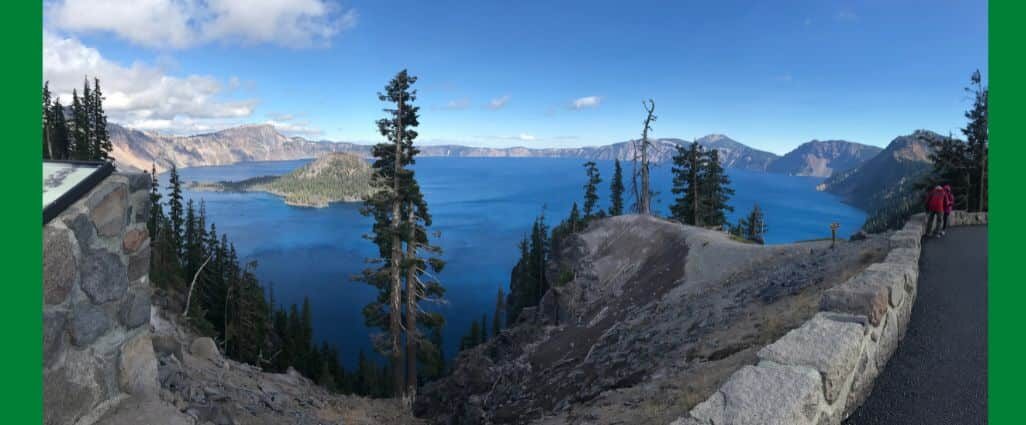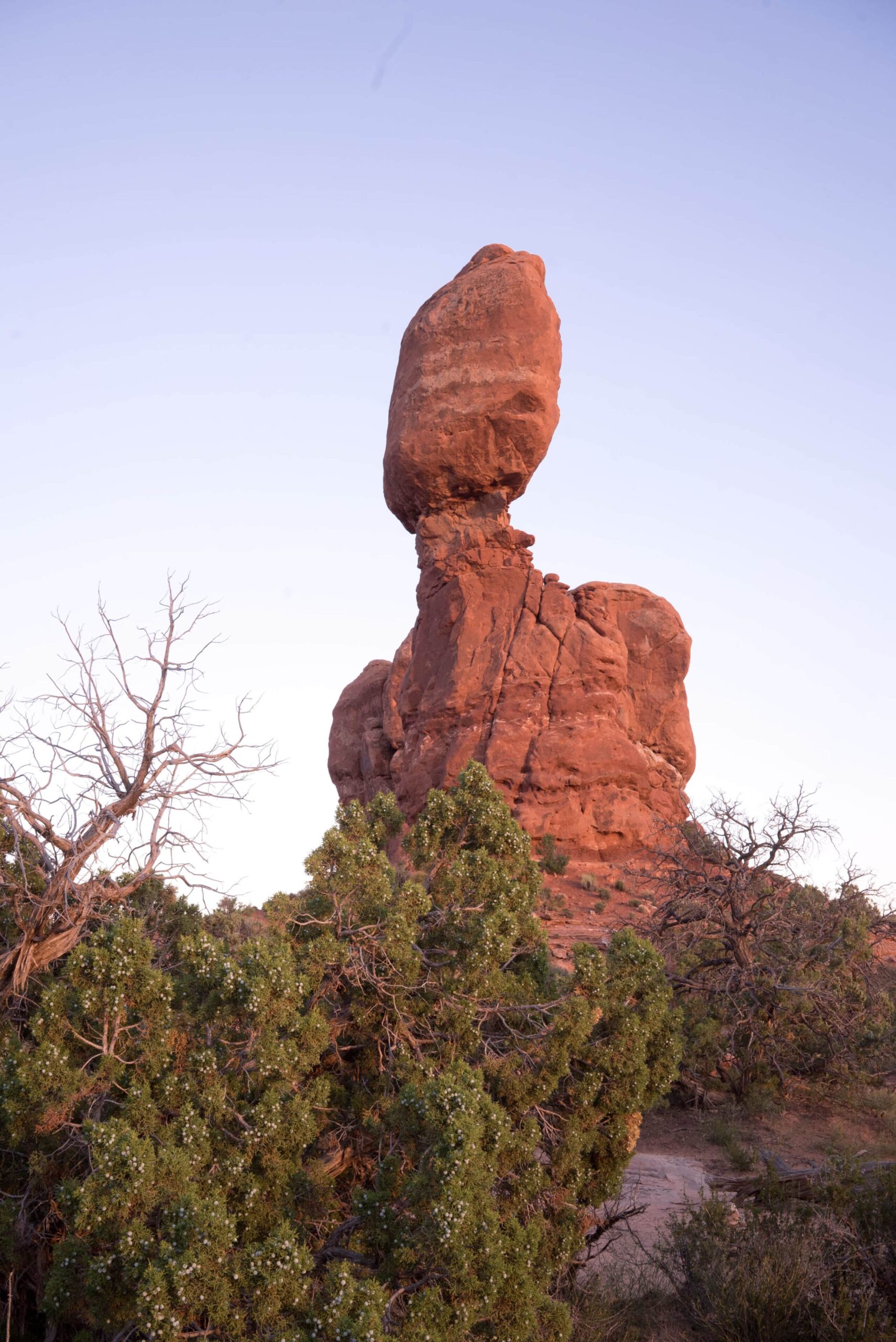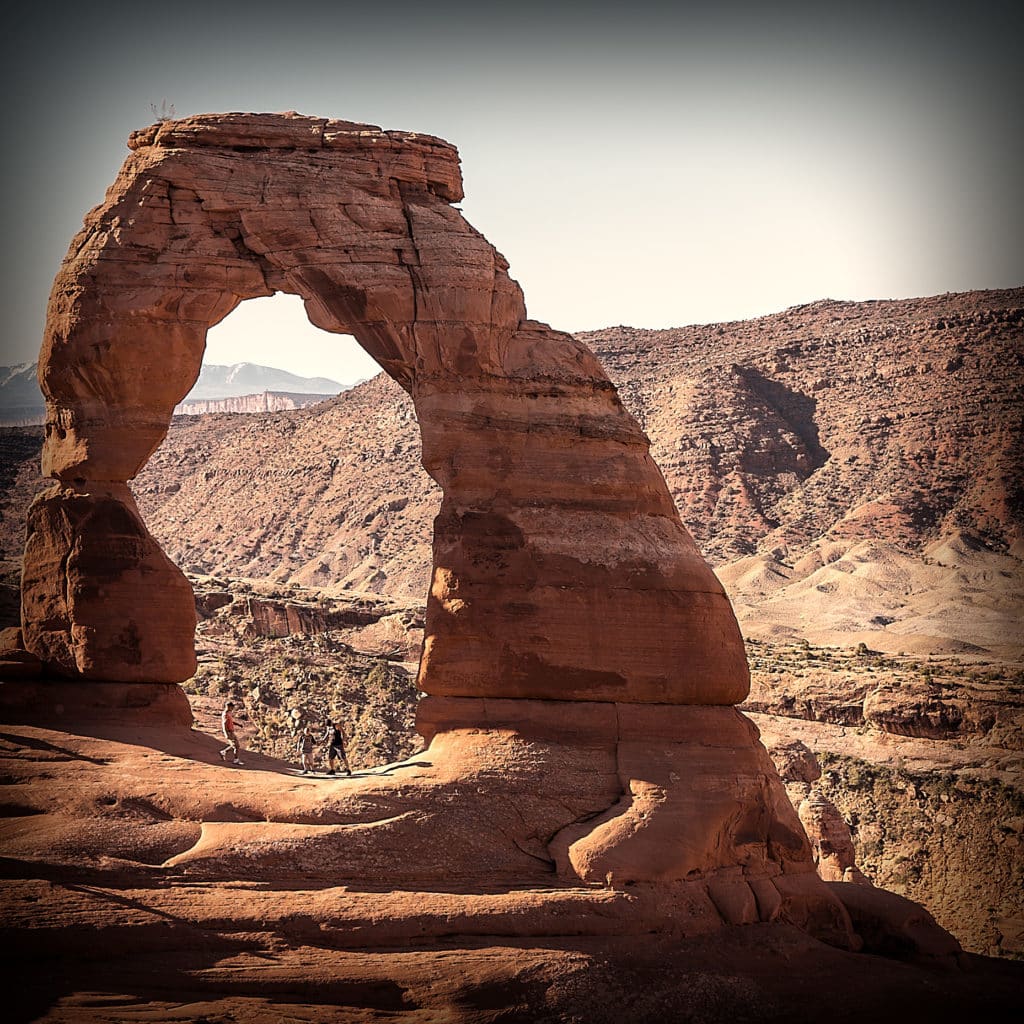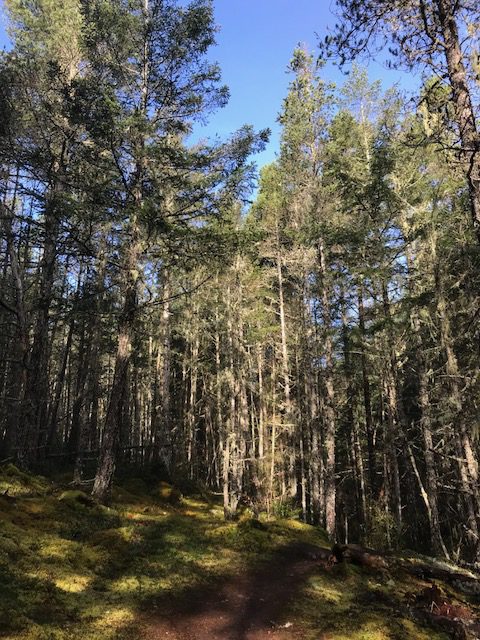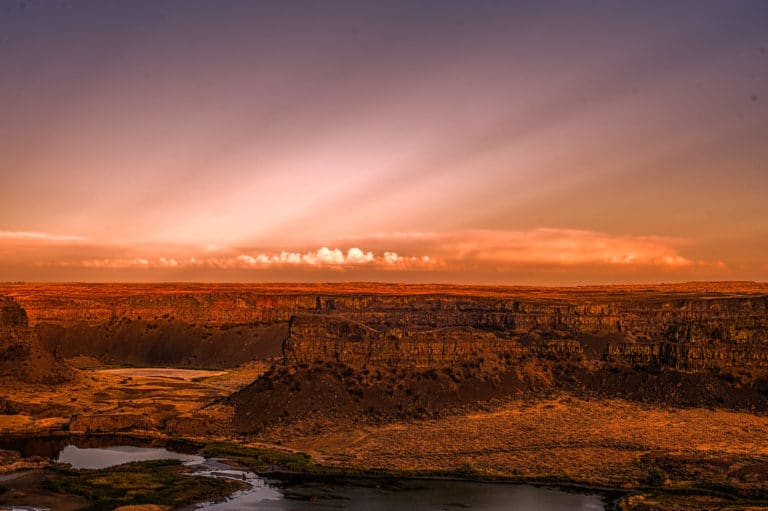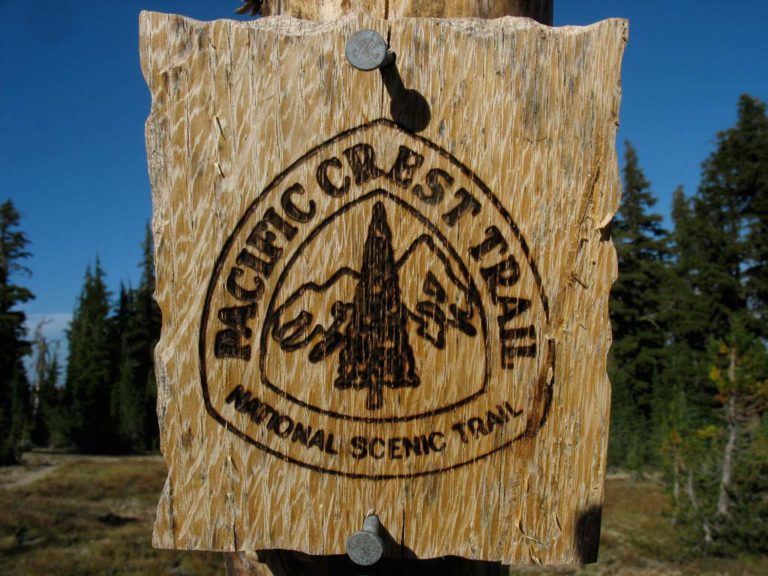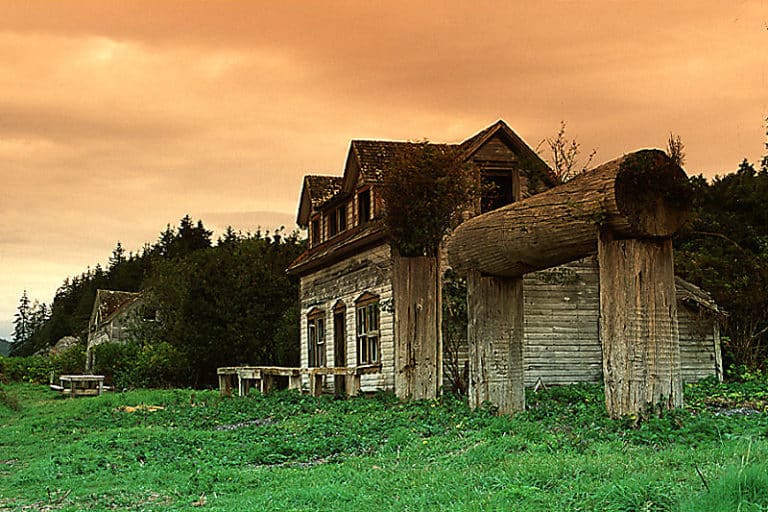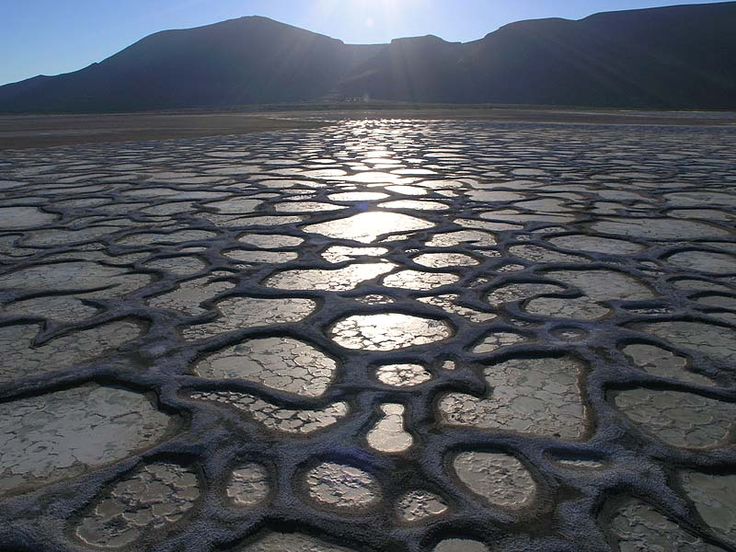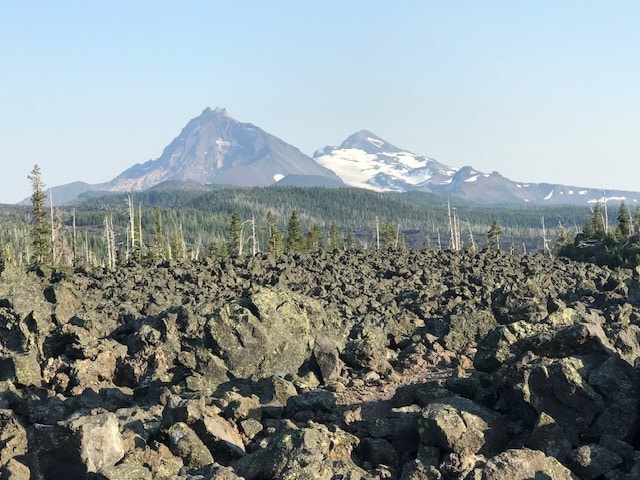Technicolor Dreams Await at Arches National Park
On a recent trip to Arches National Park in Utah, I thrilled at the chance to walk on geologic formations that were once a seabed thrust up by tectonic plates to form the dry land we see today. This landscape is rife with ancient fossils, Anasazi ruins, and the occasional dinosaur footprint (although I didn’t see any of those!)
Are you ready for scenery resembling jaw-dropping rocky, Martian-like landscapes? Brilliant desert surroundings and unparalleled hiking adventures are all in a day’s work for Arches National Park. Its unique vistas embody the Wild West, but are enhanced ten-fold in Technicolor. Matt Damon, eat your heart out. I was witness to stunning, bright rustic striped rock faces that bring Montana’s big sky drabness to shame. As if!
This article was originally published in April 2016 and has been updated December 2023.
Best Time to Visit Arches National Park
This magical place is fine to visit any time of year, but the very best time is spring and fall. Specifically, the months of April, May, and October. This is when the weather is most pleasant and the crowds are not too out of hand. The summer months tend to get pretty hot, many time over 100 degrees, so hiking is best done at first light.
I went there in early June and already by 10 in the morning it was getting toasty. Hiking early is your best bet!
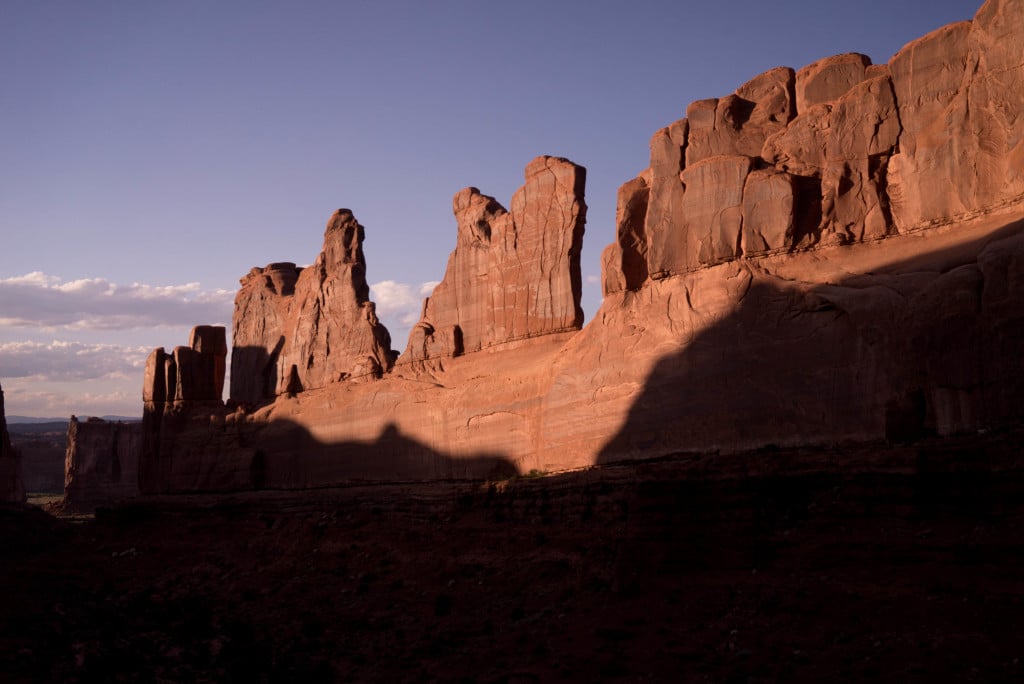
How Long to Spend in Arches National Park
Arches National Park is quite expansive. Be sure to drop by the information building just past the entrance for maps and information. You can easily spend a week or more exploring every trail and point of interest. Serious hikers should allow 1-2 weeks. There are several “arches” to see, but the main arch, called Delicate Arch (the one you see in all of the travel books, and on the Utah license plate) is 3.2 miles round-trip. Allow 2-3 hours for this hike.
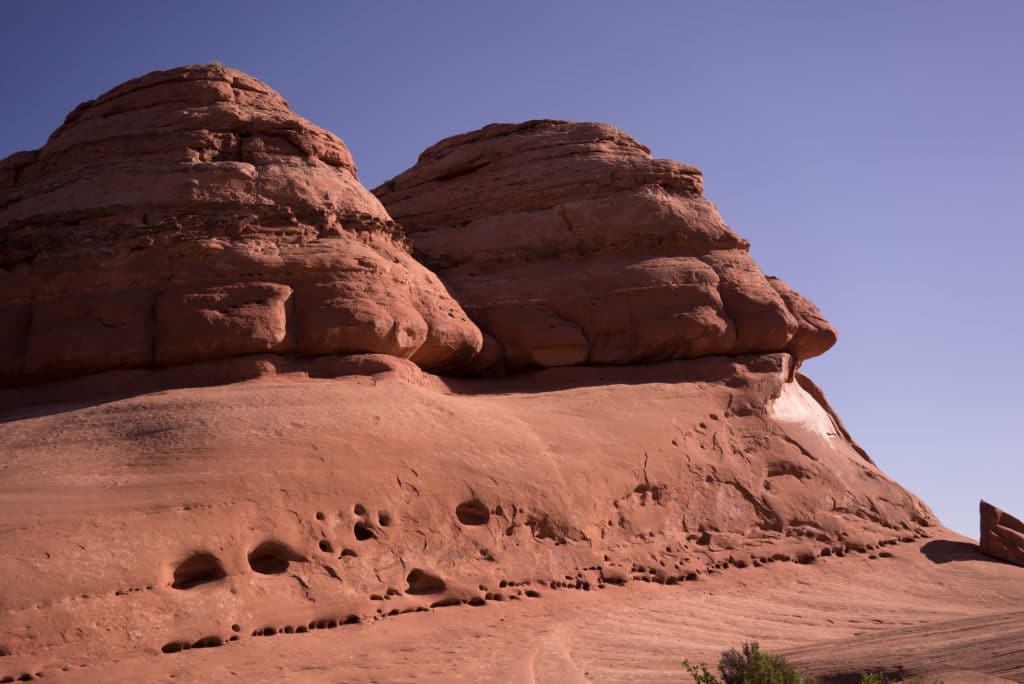
The beginning of the trail up to Delicate Arch is innocent enough, but after the first quarter mile, the elevation rises, albeit gradually, until you reach a sharper incline. This stretch of the trail has flat rock and is smooth on your feet (and easy on the ankles), but you’ll still want to take breaks if you’re not a seasoned hiker. Having water with you is key; partake of it as much as possible. And take your time. After all, this isn’t a race, although many tourists can’t help themselves.
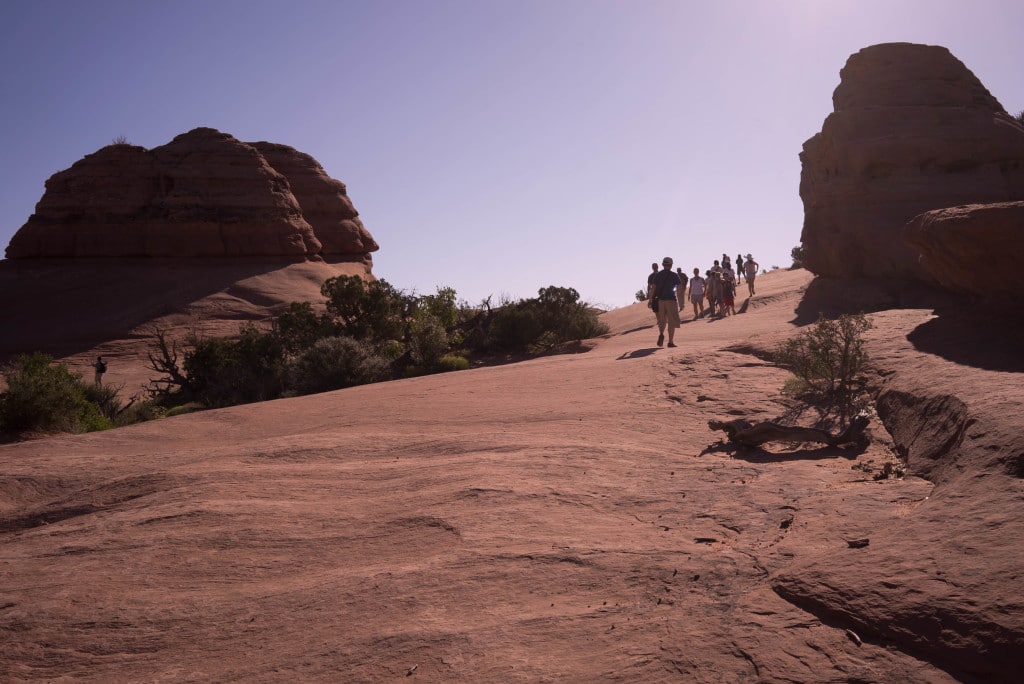
Best Trails in Arches National Park
Delicate Arch at Sunrise
It was bright and early for us the morning we hiked up to the arch, 7 am to be exact! But the sun was already threatening to turn on the heat quickly. We saw two different people carrying a folded ironing board, one on the trail going up to the arch, and another coming back down. Seeing the first lady schlepping the awkward domestic tool on the hike up was amusing, but when we saw the 2nd gal on our descent, we just had to ask. It turns out they were partaking in “extreme ironing”.
Arguably the most iconic trail in the park, the Delicate Arch Trail is a moderately strenuous hike, taking approximately 2-3 hours to complete the 3-mile round-trip. What sets this trail apart is the awe-inspiring view of the Delicate Arch – an isolated, freestanding natural arch that has become a symbol of Utah. The trail provides an unparalleled opportunity to witness the surreal landscape of Arches National Park, making it an absolute must for all first-time visitors.
Devil’s Garden Trail
Devil’s Garden Trail is the longest and most challenging hike in the park, spanning 7.2 miles round-trip. This difficult trail takes you past seven impressive arches, including the Landscape Arch – the longest arch in North America. The trail’s rugged desert terrain and panoramic views make it a rewarding challenge for seasoned hikers.
The Devil’s Garden Trail is renowned for its rugged terrain and breathtaking vistas, offering an unforgettable adventure for those who dare to tread. The trail starts at the parking area, leading you through the heart of the Devil’s Garden. You’ll be awed by the grandeur of the Tunnel Arch and Pine Tree Arch, both easily accessible from the trailhead.
As you venture further, the trail becomes more challenging, with steep climbs, narrow ledges, and sandy pathways. The highlight of the journey is the Landscape Arch, a thin ribbon of rock stretching an impressive 306 feet long. Walking under the arch is prohibited due to occasional rock falls, but you can admire its splendor from a distance.
If your stamina permits, continue past the Landscape Arch to the Double O Arch, where you’ll be rewarded with an unobstructed view of the park’s unique sandstone formations. Remember, this trail demands good fitness, proper hydration, and respect for the natural surroundings.
The Windows Section
This moderately easy 1-mile loop trail takes you past three massive arches – North Window, South Window, and Turret Arch. The Windows Section offers a different perspective on the park’s beauty, with the arches set against the backdrop of the La Sal Mountains. With its relatively flat trail and breathtaking vistas, The Windows Section is a favorite among families and photographers alike.
The Windows Section, often considered the heart of the park, is characterized by its large, eye-catching arches that closely resemble windows into the soul of the desert. The trail is relatively easy, making it accessible for hikers of various skill levels and a popular choice for families. As you follow the well-marked path, the first landmarks to greet you are the North and South Window Arches.
These twin geological formations, eroded over millions of years, stand testament to the relentless power of nature. Further along the trail, you encounter the Turret Arch, distinct in its towering splendor and unique shape. The entire hike offers numerous vantage points for stunning photography, with the La Sal Mountains providing a majestic backdrop.
Sunrise and sunset are particularly enchanting, bathing the arches in a warm, ethereal glow. Whether you’re a seasoned hiker, an enthusiastic photographer, or a family seeking a memorable outing, The Windows Section promises an unforgettable journey through the scenic heart of the park.
Park Avenue Trail
This one is ideal for those looking for a less strenuous hike. The Park Avenue Trail is a relatively easy 2-mile round-trip. As you traverse this trail, you’ll be treated to views of towering monoliths and fins, reminiscent of a big city skyline, hence the name. The unique rock formations and the valley’s scenic beauty make this trail an excellent introduction to the park.
The Park Avenue Trail is akin to a stroll through a natural art gallery, where each formation is a unique sculpture crafted by the forces of nature. The trail begins with an overlook that offers a panoramic view of the awe-inspiring landscape.
As you descend into the canyon, the trail meanders between gigantic sandstone monoliths and towering walls that dwarf the hiker, creating a profound sense of wonder. The Courthouse Towers, a group of tall stone columns resembling grand, ancient buildings, are among the trail’s most distinguished features.
The Three Gossips, another famous formation, appears as three figures engaged in silent conversation, adding to the mythical appeal of the trail. While the trail is not strenuous, it’s recommended to carry plenty of water and wear a hat, as the desert sun can be intense. Despite its name suggesting a bustling city, the Park Avenue Trail offers an immersive, tranquil experience in the heart of unspoiled nature.
One Day in Arches National Park
If you only have one day in the park, be sure to do this hike!
Rest assured, once you round the final bend and the Delicate Arch suddenly looms before you, you will be blown away. Photos do not do justice to this magnificent natural wonder. You will have to come see for yourself. However, if you do want your picture taken under the arch, you will undoubtedly have to get in line. We were there in mid-June at around 8:30 am, and were 8th in line. Most people are gracious and will take your picture if you want to get everyone in your party in the photo. Be sure to return the favor!
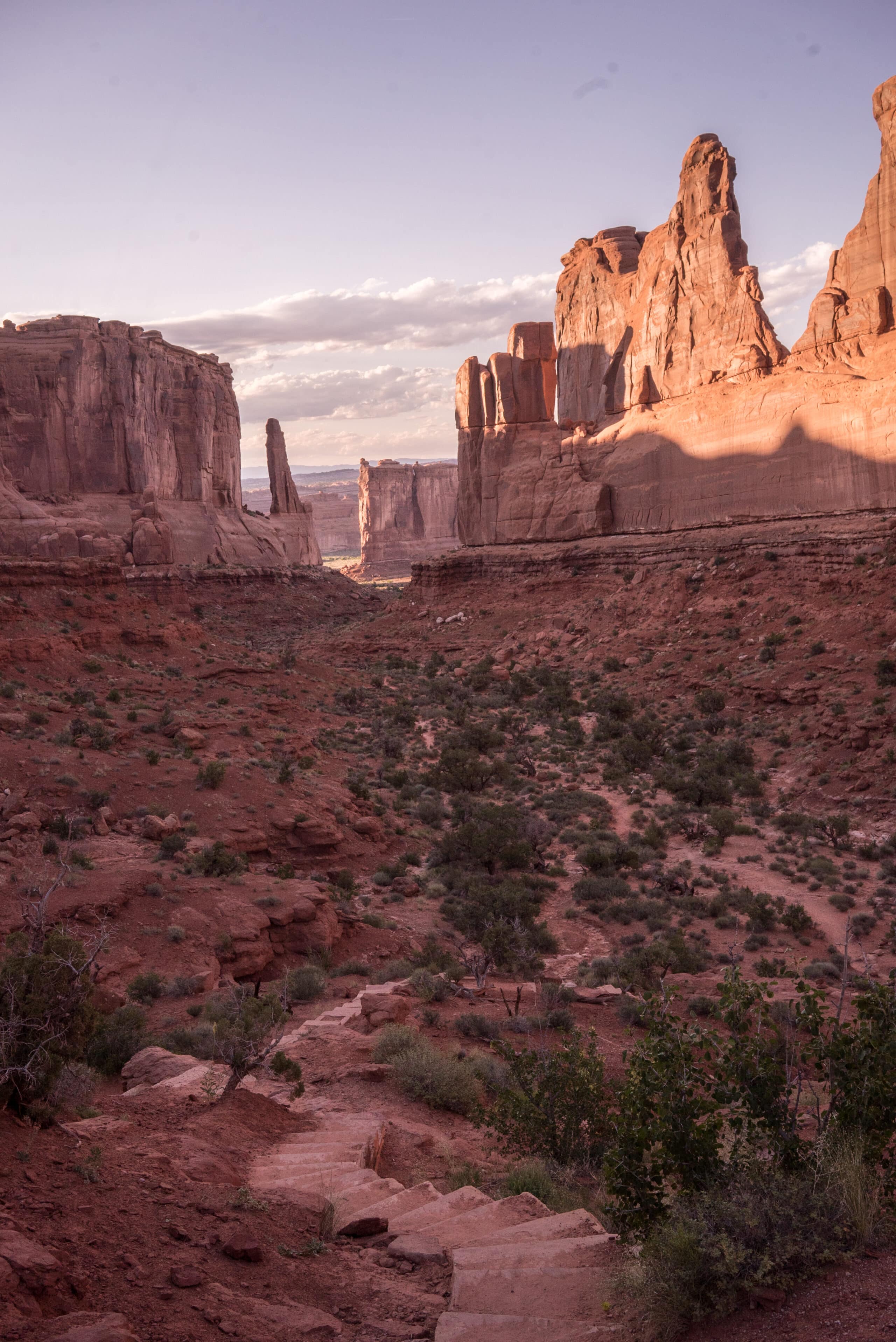
Pro Tip: Hike in the early morning hours, or late afternoon/evening. Midday hiking is just too much with the sunlight hitting you directly, even in the winter/early spring season. Most trails offer little shade. For you night owls, night hiking is particularly rewarding, as the clear nights provide breathtaking stars and luminescent moonlight over the landscape.
How Much Does it Cost to Visit to Arches National Park?
Your best bet is to purchase an Utah National Park Pass which costs USD $55. Currently, Arches National Park still operates on a timed entry from April 1 – October 31 (peak season). but be sure to visit the National Park Service website for the latest information on entry to any National Park in the U.S. If you plan on visiting several National Parks throughout the country, be sure to get the America the Beautiful Pass, which costs USD $80.
Things to Do in Moab
Must see in town: Just as you’re heading into Moab from the north, on the left you’ll see the Rock Shop. Do stop in and take a look! If you’re in a hurry, just park it for 10 minutes and browse their extensive outdoor collection, displayed right in front. Rocks, stones, and dinosaur teeth of all kinds. They even have an “honor system” cash box out front if you happen to be shopping after hours.
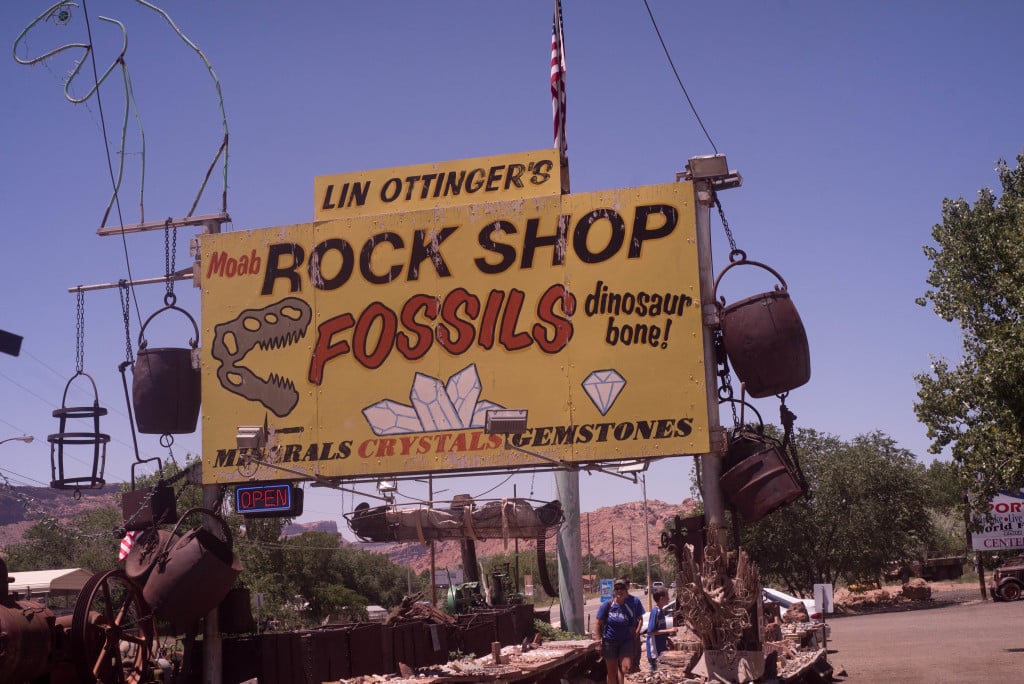
Best Food in Moab
The Spoke on Center – this is a good lunch spot, but belly up to the bar for a delicious sundae or thick milkshake.
Best Places to Stay in Moab, UT
Go Glamping Under Canvas – rustic teepee-like accommodations with comfy queen beds, full baths and showers just a few miles north of Moab.
We stayed at the Gonzo Inn – it’s a cute little eclectic hotel conveniently located in downtown Moab. It has condo-style rooms, an outdoor pool and hot tub, and restaurant on site.
